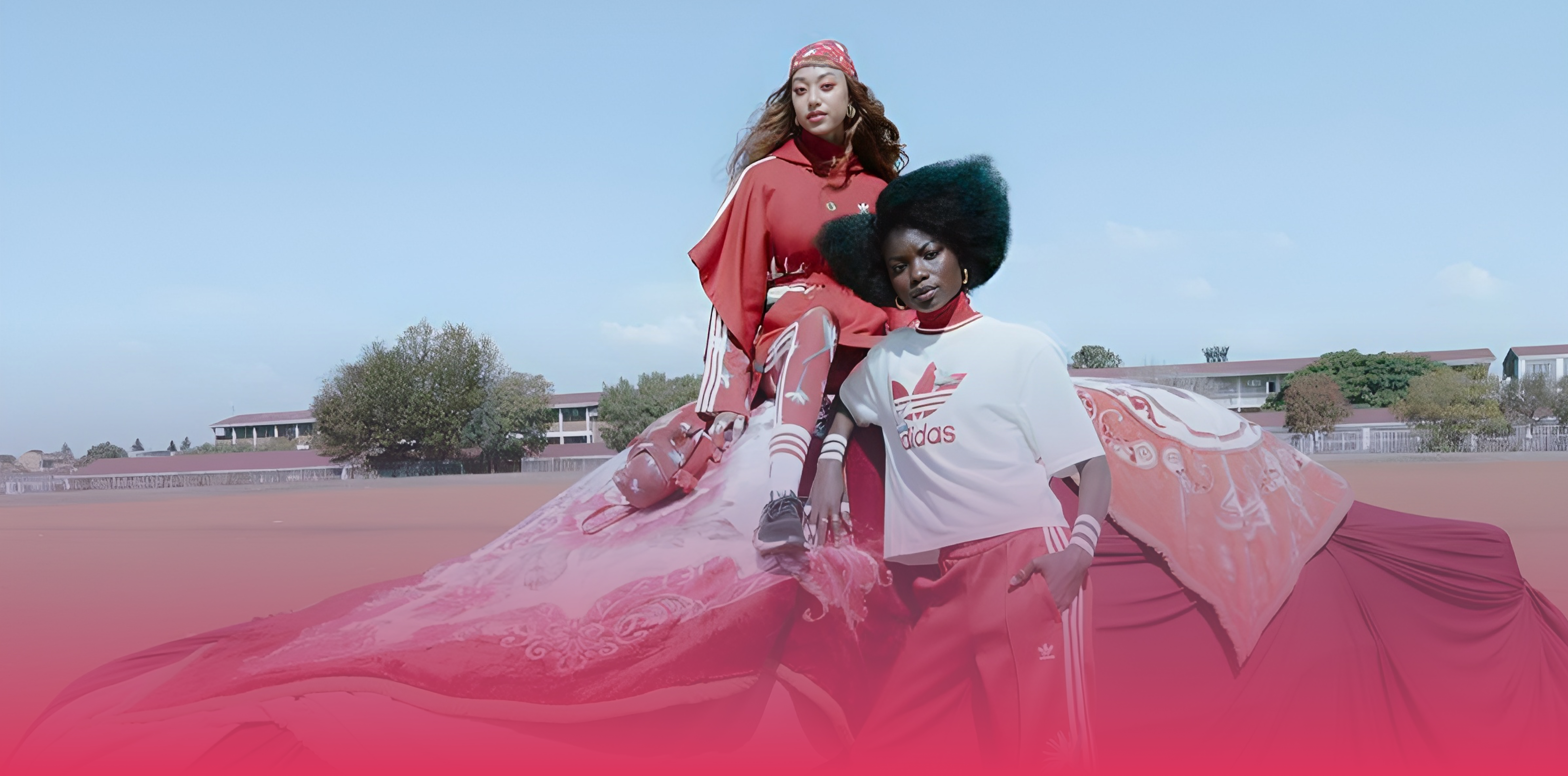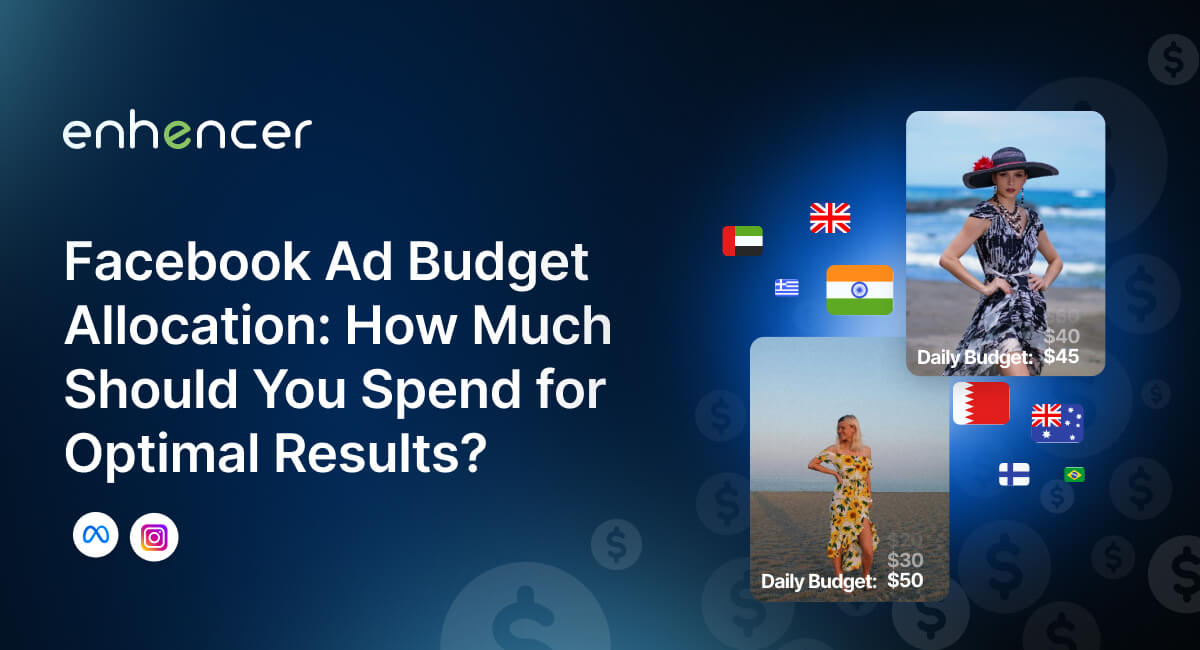Blog Series Overview
Shopify is one of the largest, if not the largest, e-commerce platforms in the world. At the time of writing this article, there are more than 1.5 million Shopify merchants and 3.75 million Shopify websites. This number is growing exponentially every year. However, almost 50% of these stores are small in terms of size and revenue. While setting up a Shopify store is quite easy and takes just minutes, it is not quite as easy to grow & scale to a larger company. There are certain obstacles and non-technical hardships along the way that no one talks about. We aim to help these smaller-sized companies become more successful in Shopify. We are launching a new series of informative blogs. This is part 2 of the series, you can reach the other articles directly from below:
The 7 Golden Steps to Scale & Grow your Shopify Store:
- Part 1: A Guide for New Shopify Store Owners
- Part 2: How to Generate Traffic for your Shopify Store
- Part 3: Quality Traffic vs More Traffic for your Shopify Store
- Part 4: Remarketing 101 for your Shopify Store
- Part 5: Remarketing Tips No One Talks About
- Part 6: Getting Better Returns for Online Ads Spendings
- Part 7: How to Grow to a Large Shopify Store
The links will be updated once new blogs are published.
Qualification & Justification
Firstly, an introduction is in order. Why would you take our points of view as a credible source of information? Well, I have been working as a data scientist in SaaS (Software as a Service) company, named Enhencer, for more than 4 years. Our goal as a company is to help e-commerce companies to dig out valuable visitors as their target audience from their website traffic and improve their returns on marketing campaigns. As an individual and as the company we have worked with many Shopify store owners ranging from small to large. We have encountered and solved many problems faced by these companies and helped many companies go from small-sized to larger sizes. As a result, we have seen a fair share of different scenarios that can emerge under different conditions.
Aim of this Article
In part 3 of the series, we talked about the importance of remarketing for the Shopify stores and the platforms you can use to launch the remarketing campaigns. This article will dive deeper into the tips and tricks you can use to improve your remarketing campaigns, specifically for Facebook Ads.
Types of Remarketing
There are two ways you can launch remarketing ads on the Facebook environment (Facebook & Instagram). These are; Conventional Remarketing and Dynamic Products Ads (DPA).
Conventional Remarketing
This is your traditional campaign that is used for remarketing. There are three levels of depth you should get familiar with; Campaign -- Ad set -- Ad Creative.
Campaign Settings
There are many campaign settings, but some are trivial options. Therefore I will only go over the ones that you should be aware of. These are:
- During creating a new campaign, choose the "Conversions" from the "Campaign Objective" section.
- Buying Type under the "Campaign Details" section should be "Auction".
- Advantage Campaign Budget should only be used if you have more than one ad set. This lets Facebook decide and allocate the budget to the ad set that is performing better and has optimized more over time. On the contrary, if you have one ad set, you can skip this, or if you want to allocate different budgets for different ad sets manually, then you can skip this option. Generally speaking, if you are new to the industry and just want to experiment with different ad sets, then it is advised to let Facebook decide how to allocate the budget among different ad sets.
Ad Set Settings
You can have more than one ad set under the same campaign. This lets you test different ideas and audiences and see what works best for you. for instance, you can have two different ad sets for all your website visitors and the visitors who have previously added to the cart. Please note that the target audience selection is the most important and hardest to do right. There is no one right answer for this, and requires a lot of trial and error. In the upcoming blogs, we will address the issue in more detail. But know that the ad set level is mainly utilized to test different audiences under the same campaign.
- Under the Conversion Event Location, choose the "Website" option.
- Choose your Facebook Pixel option, and as the Conversion Event, choose the "Website Purchase". This lets Facebook optimize the ads toward the visitors who are willing to purchase more from your website; after all, that is the whole point of remarketing; to convince your existing visitors to purchase from your website.
- Cost per result goal (In this case, Conversions): This means the maximum amount of money Facebook will spend for each visitor for the conversion. A general rule of thumb is to set the cost per result around 20%-25% of the cost of your products. For instance, if your product costs on average 50 dollars, then it would not be wise to spend 30–40 dollars for each sale. That leaves very little actual revenue. Whereas, in this case, 10–15 dollars might be the sweet spot. This, of course, changes from brand to brand and product to product.
- Under Show More Options, Facebook hides a lot of important settings. "When You Get Charged" has two options, Impressions, and Link Clicks. "Impression" is a good fit for remarketing campaigns, whereas "Link Click" is good for traffic campaigns. Impression means you will be changed each time facebook shows the ads to someone.
- Attribute Settings: The "7-Days Click or 1-Day View" option means that the algorithm will optimize for people who are likely to convert within 7 days after clicking on an ad or viewing it on the same day. For remarketing, this is recommended a lot for the starters. There are other options like this, you can try out different ones if you want.
- If you have more than one ad set, then you can use campaign budget optimization and let Facebook decide how to allocate them among the ad sets. If you have just one ad set or want to set the budget manually, then go ahead and put the budget that suits your company and products. It is a good practice for the starter to set a higher budget at first and then slowly change it over time. This lets Facebook optimize faster during the initial days of the campaigns. Otherwise, the ad set might get stuck in "Learning Limited", which is something you don't want.
- Target Audience Selection: This is the most important part of the whole process and the most difficult to get right. Depending on the products and brand, you can choose what works best for you. This might require some trial and error. The next blog article, "Getting Better Returns for Online Ads Spendings" will focus on this aspect solely. Keep an eye out for the next week's blog.
- Ad placement means where you want your ads to show up, like Facebook news feed, stories, marketplace, Instagram feed, stores, reels and etc. Generally, when newly starting out with online marketing, "Advantage+ placements" is recommended. This lets Facebook decide where to display your ads.
Ad Set Settings
Ad creative will solely depend upon your brand and products. The images and the videos can be created from scratch or imported from the contents shared on the Facebook page or Instagram Account. Choose what works for you. There is no right or wrong way to do this. However, keep an eye out for the following:
- Website Link: You should enter the website address for your store.
- Display Link: Write your brand motto so the link is displayed in better text than a simple www.example.com
- Deep link to website: If you are using one product per creative, then add the link to that product page here. This helps with the conversion.
- Deep link destination: Write a short description for the product link, just like the display link.
- URL parameters: Under Tracking options, it is recommended to add the URL parameters. This lets you track the ad behavior and performances on google ads in more detail which can not be seen in Facebook Ads.
Dynamic Products Ads (DPA) Remarketing
This is another campaign type that Facebook Ads provides. DPA lets Facebook create the ad creatives on your behalf dynamically. This is very useful if you do not have the manpower/talent/resources to create the ad creatives manually for each product and each campaign. Please keep in mind that you will need to upload or integrate the product catalog of your store to get benefited from this service.
Campaign Settings
There are many campaign settings, but most are trivial options. Therefore I will only go over the ones that you should be aware of.
- During creating a new campaign, choose the "Conversions" from the "Catalog sales" section and choose the product catalog you prefer.
All the other campaign settings are as explained above.
Ad Set Settings
Most of the ad settings mentioned above are also valid for the DPA as well. Therefore, I will not mention them again and only mention the ones that are different and important.
- Product Set: You can choose different product sets from the catalog. The catalog consists of all your products. You might want to launch a campaign for the summer fashion product category only. In that case, you can choose the related product sets only.
- Optimization for ad delivery: Under the Optimization & delivery section, you should change the optimization method to the conversion event. This helps Facebook optimize your ad towards for the conversion event on your website (Website Purchase). The default might be "Link Clicks" which means Facebook will only optimize the ad towards the people who will click your ad no matter if they purchase something or not. This is most suitable for traffic campaigns.
- When you get charged: Change the charge option to impression from Link Clicks. Impression means Facebook will charge you for each impression. Although this might sound like you will get charged a lot for each impression, but more often than not, this leads to more conversions.
The rest of the settings are the same as mentioned earlier.
Ad Creatives
Under the "Ad Setup" section, check the "Advantage+ Creative for Catalog" option. This will bring up the catalog option that you can choose and let Facebook create the ad creatives for you. This is very helpful if you don't have the resources (time/money/talent/manpower) to create the ad contents manually. The rest of the settings are also, as mentioned earlier.
Conclusions
Remarketing is one of the most important factors in growing your Shopify store. Utilize the website visitors you get and show them your products even after they leave your website. This way, your website sales, and conversions will increase. Keep an eye out for other articles in this series where we discuss other important factors to grow your Shopify store.



















